I get a lot of questions about materials and tools I use – many times, about the things that are unfamiliar to the person asking the question. Usually, they want to know something about the material or tool prior to using it. I get that. They’re interested, and trying to find out a bit about it before actually trying it out themselves. I find that this is important for instances such as when knowing you might be purchasing something and wanting to know whether it’s worth the money. And that’s a good reason. I’ve posted several articles here on Muddy Colors that demonstrate new and different tools, methods, and materials because I like to encourage trying new things and I understand the dilemma of cost of materials too.
I also get messages asking about the materials after having tried them. And that’s great, but in this case, most often, it’s specifically when something didn’t go as planned or expected, and even more specifically when the person writing me is asking me what to do because they’ve ‘ruined’ a piece they really liked or even crazier – a piece they were nearing a deadline on for a job or commission – by trying out something new on that piece. Okay, so… To answer to that a bit…
At this point, you’re probably already glaringly aware that trying out a new and unfamiliar process on a piece that was nearly finished and was for a commission is not the most optimal of circumstances to put yourself into. So, we’ve got that out of the way. And really, when someone is in panic mode, it’s not really the time or place to remind them that they maybe shouldn’t have put themselves in that position to begin with. But really, there could be worse things.. and maybe it’s not as far gone as you think it is. (I’m assuming that’s why I’m getting the messages with questions).
But here’s the thing.. sure, the answer might be a little bit about the materials and tools, but it’s going to be more about common sense, mindfulness, and resourcefulness. So.. going back to the situation. You’ve got a piece you’re working on. It’s close to being finished and is for a job or commission and you like how it’s going, and you saw this post with this texture that you thought would be perfect to add to the piece.. and so you try it.
You try doing it. For the first time. Right on that piece.
And it doesn’t do what you were expecting it to do. It doesn’t do what you saw it do in the example you saw it being done somewhere else by someone else. Hallelujah! You’ve created a problem to solve! Albeit, you created it in the eleventh hour on a piece that you thought was going great already.. which is, in itself, a big part of the storyline here. Well, if you enjoy adventure (and even if you don’t), then great! You’ve created your next big adventure on how to roll with what you’ve now created by combining something you hadn’t tried yet with something that you were all too familiar with. That combination is wonderful! I am a big advocate of that. The world needs more of that! But let’s backtrack a bit and go over a few things…
You have a piece that is near completion. You’d like to add texture to the background (just as an example) and you saw the kind of texture you’d like over on my posts on Instagram. Or maybe you saw one of my Muddy Colors articles where I show examples of the process with photos and a tutorial. And you think, ‘yes, that’s what I’m looking for.’ You have all the tools, so you dive in and you do it right on that piece because, you think, ‘it seems simple enough – just use this thing with that thing and voila! it will be amazing! Plus, time is of the essence – and I’m running out of time.’ And sometimes, that works. And that’s great! And really, what’s also great is that it didn’t work out. Sure, it might feel crappy at that moment, and it’s unfortunate about the (self-induced) timing issue. But the timing (or feeling like you have very little of it and not enough of it to fix the mistakes you made) is a really big determining factor in who we are. Working under pressure such as limited time really shows us who we are, what we know, and what we don’t know – and how we use all of that in order to come up with a finished piece. Pay attention to this. Be mindful of this.
So, here’s an outline of what happened in a broader sense:
• You had a certain level of confidence with your way of working, (which is how you achieved the near-finish of the piece).
• You observed something elsewhere that you’d like to try but never have before.
• Your confidence mixed with outside pressure of time snowballed into making a decision hastily.
• It didn’t go as expected.
• Your panic has sent you into a haze of uncertainty.
• You think all is lost.
Here are some tips on how to try to avoid that panic feeling (in the future):
Try new things on a clean slate with no expectations.
Apply the new things you learned to methods you already use. Integrate it into what you already know. Combine these things to essentially come up with your way of working that suits you and your temperament.
Most often, the time it takes to try something new as an experiment off to the side of the piece and then apply it to the piece will be far less time-consuming than the time it takes to fix a piece you feel you ruined by trying something new directly on it and flailing.
Here are some tips that might help to calm that panic feeling (in the moment you’re feeling it):
Take a breath. No, really. Stop and take a breath. At least one deep breath and think only of that breath – the slow inhale and exhale of it.
Know that what you do next will require patience and a clear head.
Now.. look at your piece.
Take notes, ask yourself questions and answer them, be resourceful.. For example:
What can I do with what I have in front of me right here, right now?
Is it so far gone that starting over would actually make the most sense (given the immediate circumstances)? (This applies to making traditional fixes on traditional pieces. Clearly, if you work digitally or you work in both traditional and digital media, there are ways to utilize prior stages).
When I made the new marks/texture, what were the tools I used, the surface I was working on? What happened to the paint? What happened to what was already on the surface? How is it now different? What happened in that moment? Is this something I can utilize to build into the piece now the way it is? And other things like: Was I relaxed or tense? Was I distracted or was there something weighing heavily on my mind while I was working? What were my surroundings like?
Part of what we’re all about is rolling with something when it didn’t exactly go as planned. What we learn from our failures is most times more effective than everything going smoothly all the way through. Really, none of this ever turns out exactly likes what’s in our mind’s eye, and is a good test of who we are when something like this happens.
This experience is a reflection of you. What does it tell you?
Take note of what it tells you.
For example, here are a few things it might tell you:
• You didn’t do any proactive piece to get to know the new materials/methods/surfaces and/or you aren’t treating this piece as if it is one. The fact that you’re panicked about the piece shows that you’re being pretty sacred about it. You’re putting yourself in an inevitable anxiety-filled situation by attempting something you’ve never tried on something you feel sacred about.
• You create problems for yourself and are not seeing that as the initial reason this happened.
• You are becoming too comfortable with what you do, and as such, are limiting yourself, and keeping yourself from discovering many different possibilities.
• You went in with the expectation that it would all go exactly as it always goes (even if you think you weren’t, you were), and in doing so, you were confronted with a realization when it didn’t go as planned, and you don’t know everything there is to know about what you’re doing.
• You don’t like feeling like you don’t know something.
And those are just a few examples. You can surely come up with your own based on what you know about yourself and your tendencies.
And just so you know, there are many things like those listed above that I come across from time to time and try to pay attention to myself. For example, here’s a bit about me: I am all for embracing the fact that there’s still so much to learn. I’m so glad! I’ve made a lot of mistakes, and I anticipate making a lot more. It’s where I’ve learned so many new ways of making marks, for example. The mistakes that frustrate me are not usually in the painting itself, but in my decision-making that most likely had spawned from outside distractions. This mindset is a key element in what has determined my painting process. Because of this, I don’t know that I can say that I have a one single process or way of working accept that I like to have several things going at once to allow me to have something at the ready in whatever stage might be most suitable for me at any given moment. (I have tons of WIPs at various stages in my studio). My background in art is pretty eclectic as well, and I’m positive that that plays a big role in how I work. But the biggest role goes to mindfulness.
Mindfulness is our ability to pay attention to the present moment with curiosity and without judgement.
It directs our attention to the present moment as it unfolds,
Trains us to respond skillfully to whatever is happening; good or bad,
Improves our thought process, feelings, and concerns for others,
Helps us perform better, feel more calm, and less depressed.
This is something that I apply to creating as well as daily life and everything else. It’s not just a trend, it’s not something you only practice when you meditate – it’s a way of being. It is in our being. Sure, sometimes I lose myself to the daily busy-ness or to self doubt or many other things, but even in those times – or maybe I should say especially in those times – I try to stay present to what my tendencies are within those distracted moments as well..
All of it goes into the makeup of who we are. And this is what comes out in our work. It’s inevitable, so I’d say get to know it a lot better if you don’t already. Your art is your reflection – it’s yourself – its mood, color, expression, texture, story.. is you. Maybe not in the literal likeness sense, but in how you handle, perceive, and project things.. and it’s staring right back at you, ready to tell you all about it if you’re ready to listen.
Ps. Don’t forget to breathe.. And heck, laughing at yourself every so often doesn’t hurt either! 😀


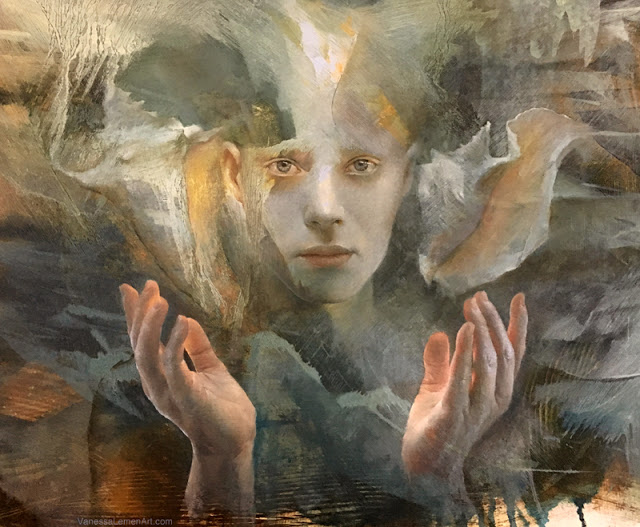
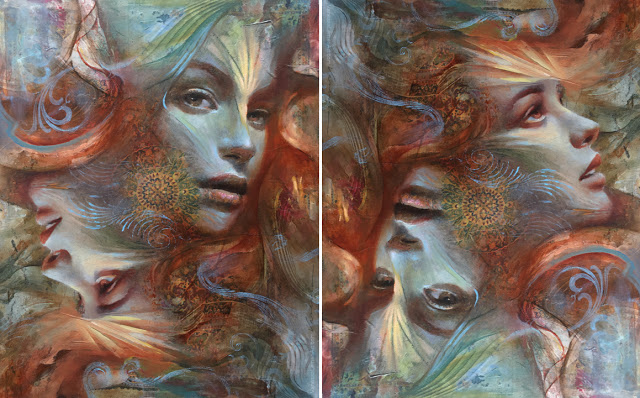

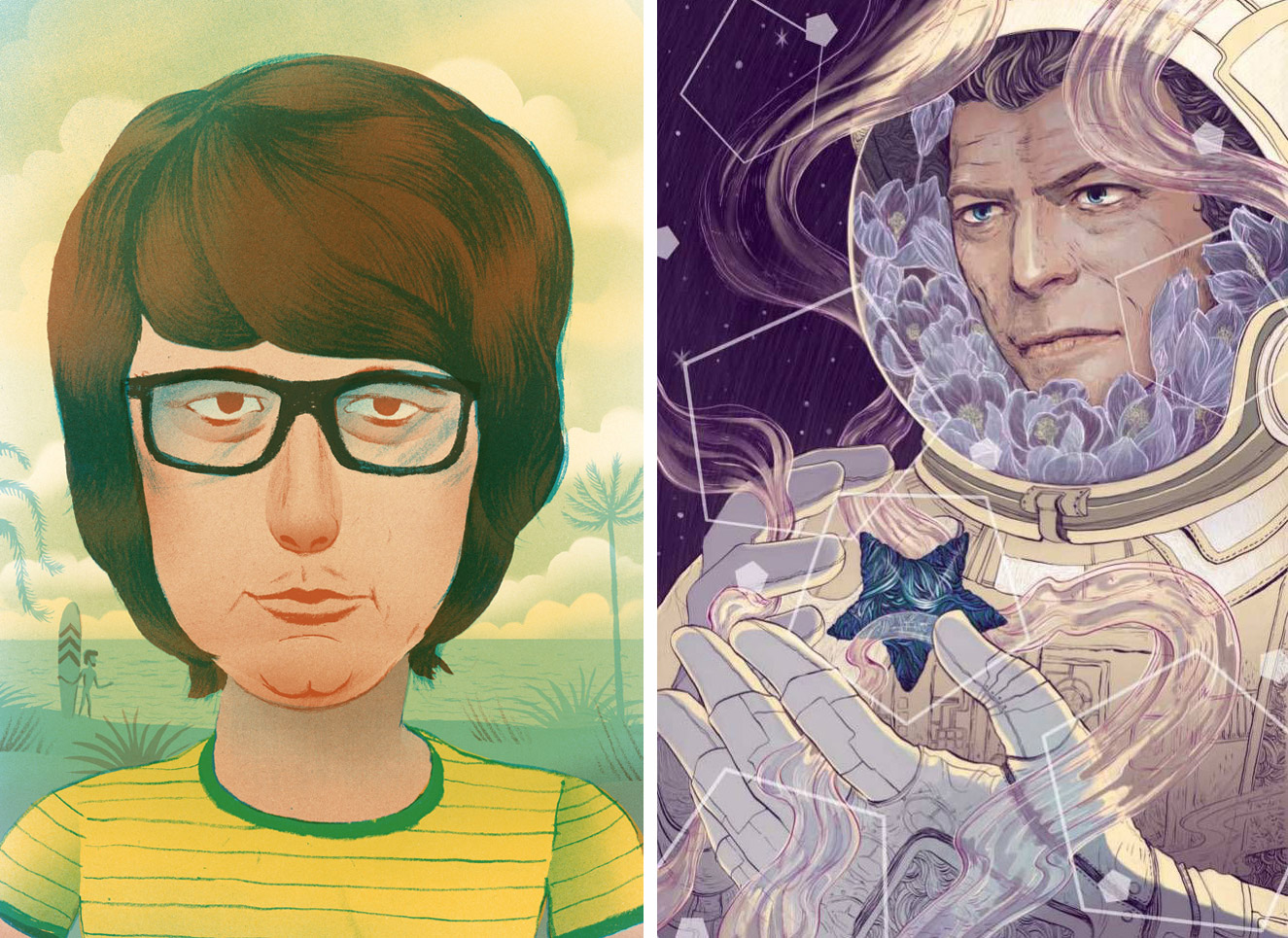
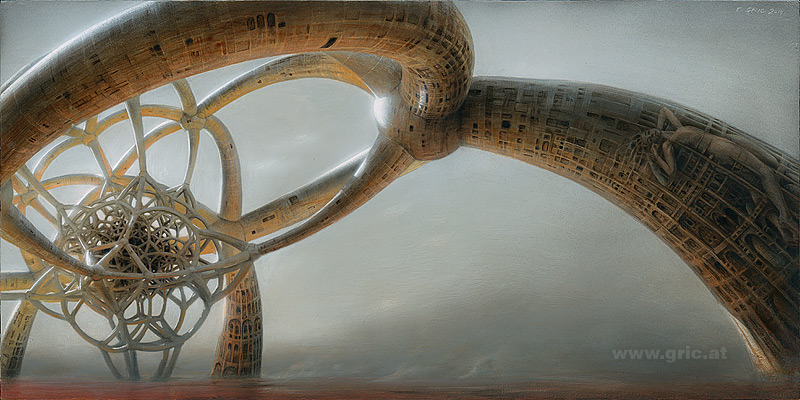
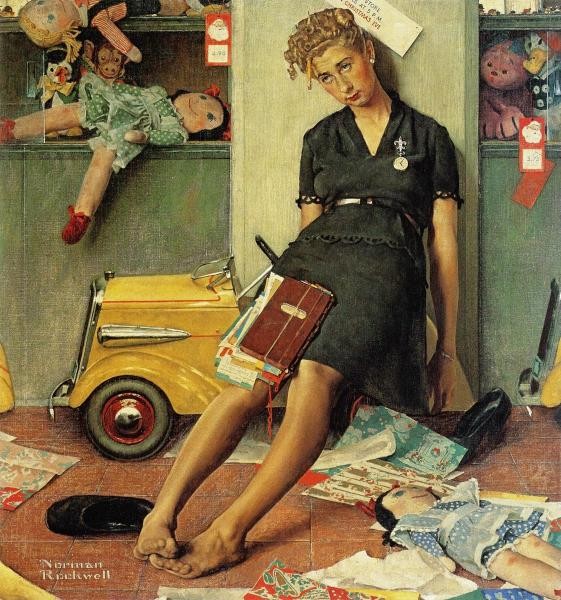
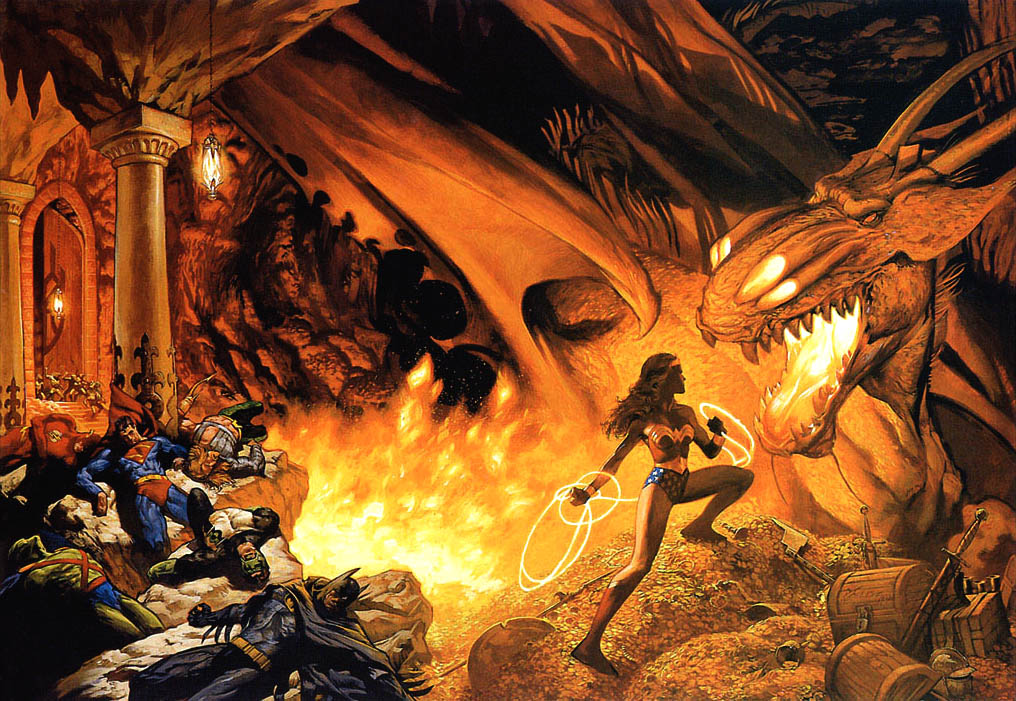
Recent Comments